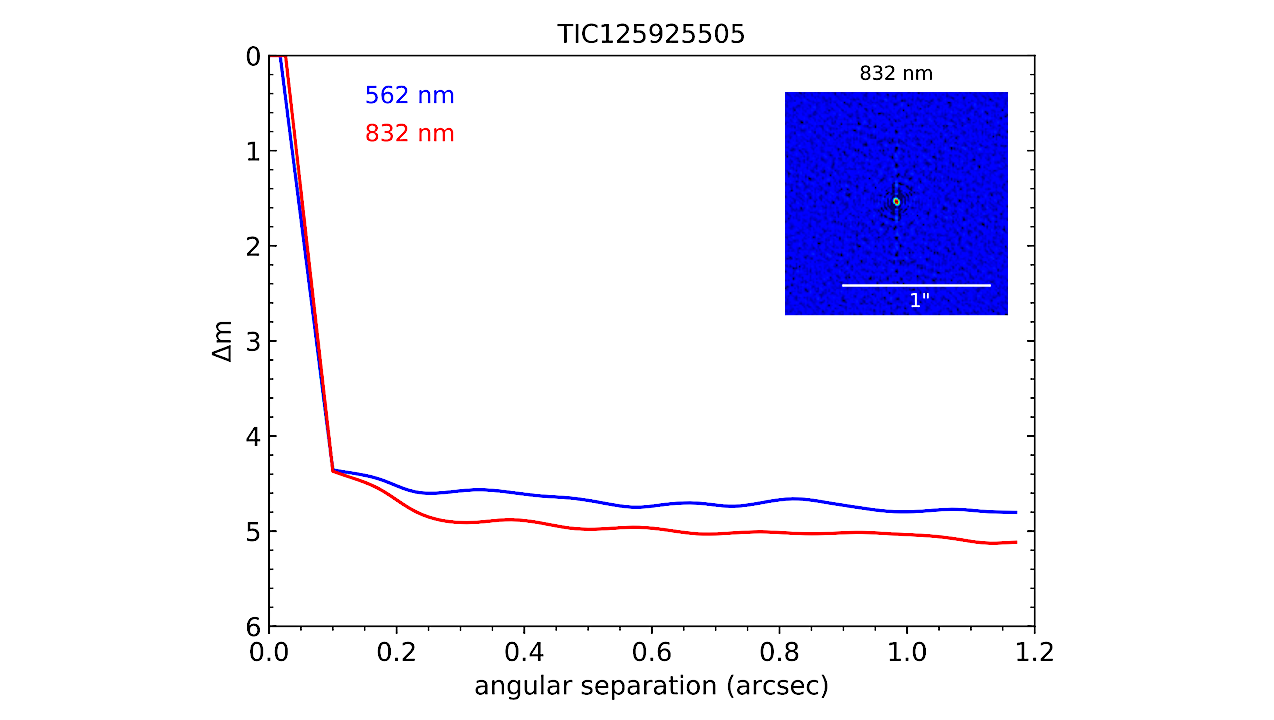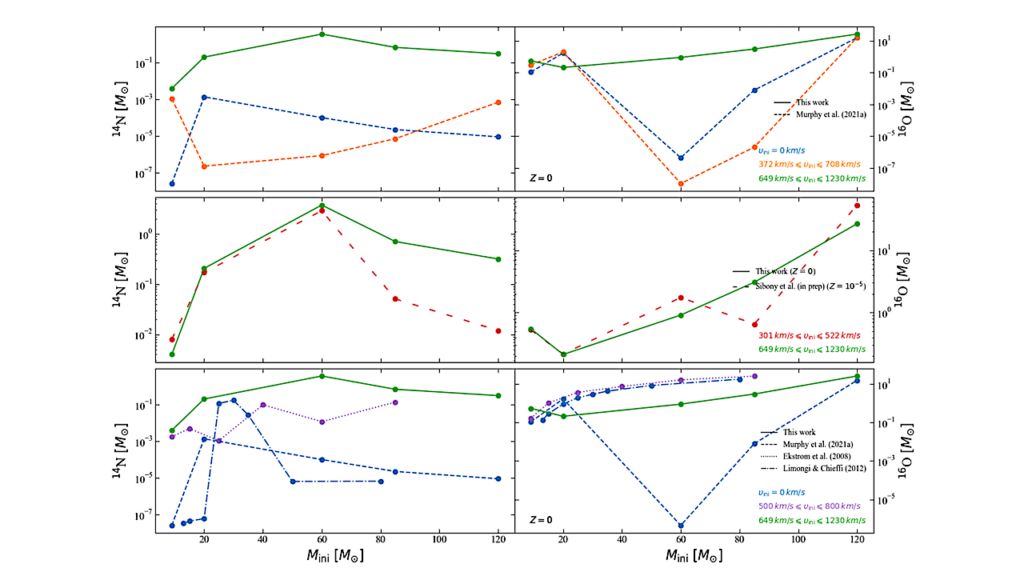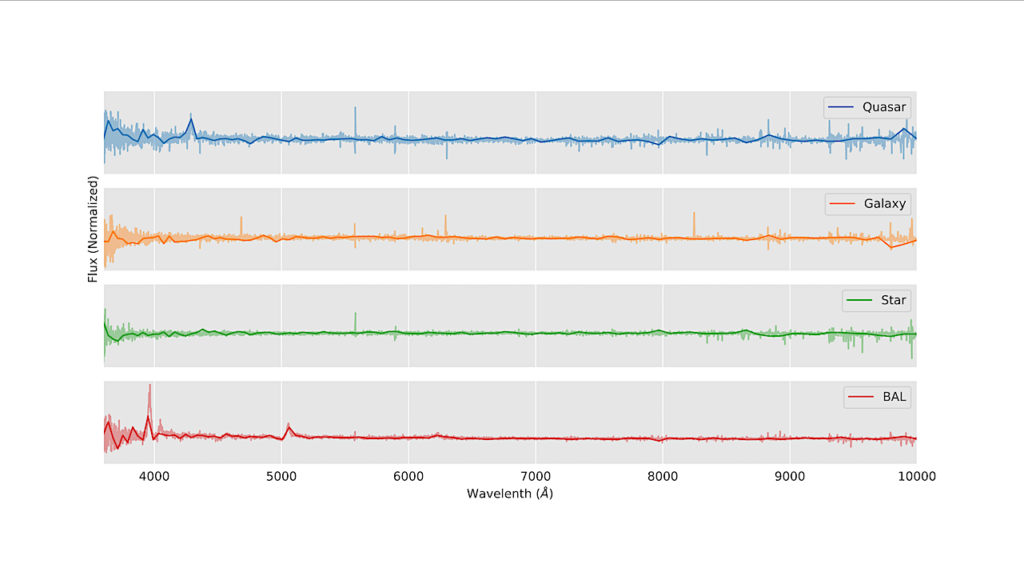Planet Hunters NGTS: New Planet Candidates from a Citizen Science Search of the Next Generation Transit Survey Public Data

We present the results from the first two years of the Planet Hunters NGTS citizen science project, which searches for transiting planet candidates in data from the Next Generation Transit Survey (NGTS) by enlisting the help of members of the general public.
Over 8,000 registered volunteers reviewed 138,198 light curves from the NGTS Public Data Releases 1 and 2. We utilize a user weighting scheme to combine the classifications of multiple users to identify the most promising planet candidates not initially discovered by the NGTS team. We highlight the five most interesting planet candidates detected through this search, which are all candidate short-period giant planets. This includes the TIC-165227846 system that, if confirmed, would be the lowest-mass star to host a close-in giant planet.
We assess the detection efficiency of the project by determining the number of confirmed planets from the NASA Exoplanet Archive and TESS Objects of Interest (TOIs) successfully recovered by this search and find that 74% of confirmed planets and 63% of TOIs detected by NGTS are recovered by the Planet Hunters NGTS project. The identification of new planet candidates shows that the citizen science approach can provide a complementary method to the detection of exoplanets with ground-based surveys such as NGTS.
Sean M. O’Brien, Megan E. Schwamb, Samuel Gill, Christopher A. Watson, Matthew R. Burleigh, Alicia Kendall, David R. Anderson, José I. Vines, James S. Jenkins, Douglas R. Alves, Laura Trouille, Solène Ulmer-Moll, Edward M. Bryant, Ioannis Apergis, Matthew P. Battley, Daniel Bayliss, Nora L. Eisner, Edward Gillen, Michael R. Goad, Maximilian N. Günther, Beth A. Henderson, Jeong-Eun Heo, David G. Jackson, Chris Lintott, James McCormac, Maximiliano Moyano, Louise D. Nielsen, Ares Osborn, Suman Saha, Ramotholo R. Sefako, Andrew W. Stephens, Rosanna H. Tilbrook, Stéphane Udry, Richard G. West, Peter J. Wheatley, Tafadzwa Zivave, See Min Lim, Arttu Sainio

Discovery and follow-up data obtained for TIC-125925505. The phase folded light curves from NGTS is shown in the top row and each of the SAAO transit observations are shown in the middle row with the median best fit circualr model shown in orange. The radial velocity data is shown in time and phase folded in the bottom row. The model shown in orange is the median best fit circular model from allesfitter. The green dashed line shows the RV model for the 99.99994% upper mass limit, corresponding to the 9.07 MJ companion mass limit. — astro-ph.EP
Comments: 42 pages, 20 figures, 17 tables. To be published in AJ
Subjects: Earth and Planetary Astrophysics (astro-ph.EP)
Cite as: arXiv:2404.15395 [astro-ph.EP] (or arXiv:2404.15395v1 [astro-ph.EP] for this version)
Submission history
From: Sean M. O’Brien
[v1] Tue, 23 Apr 2024 18:00:00 UTC (2,911 KB)
https://arxiv.org/abs/2404.15395
Astrobiology








